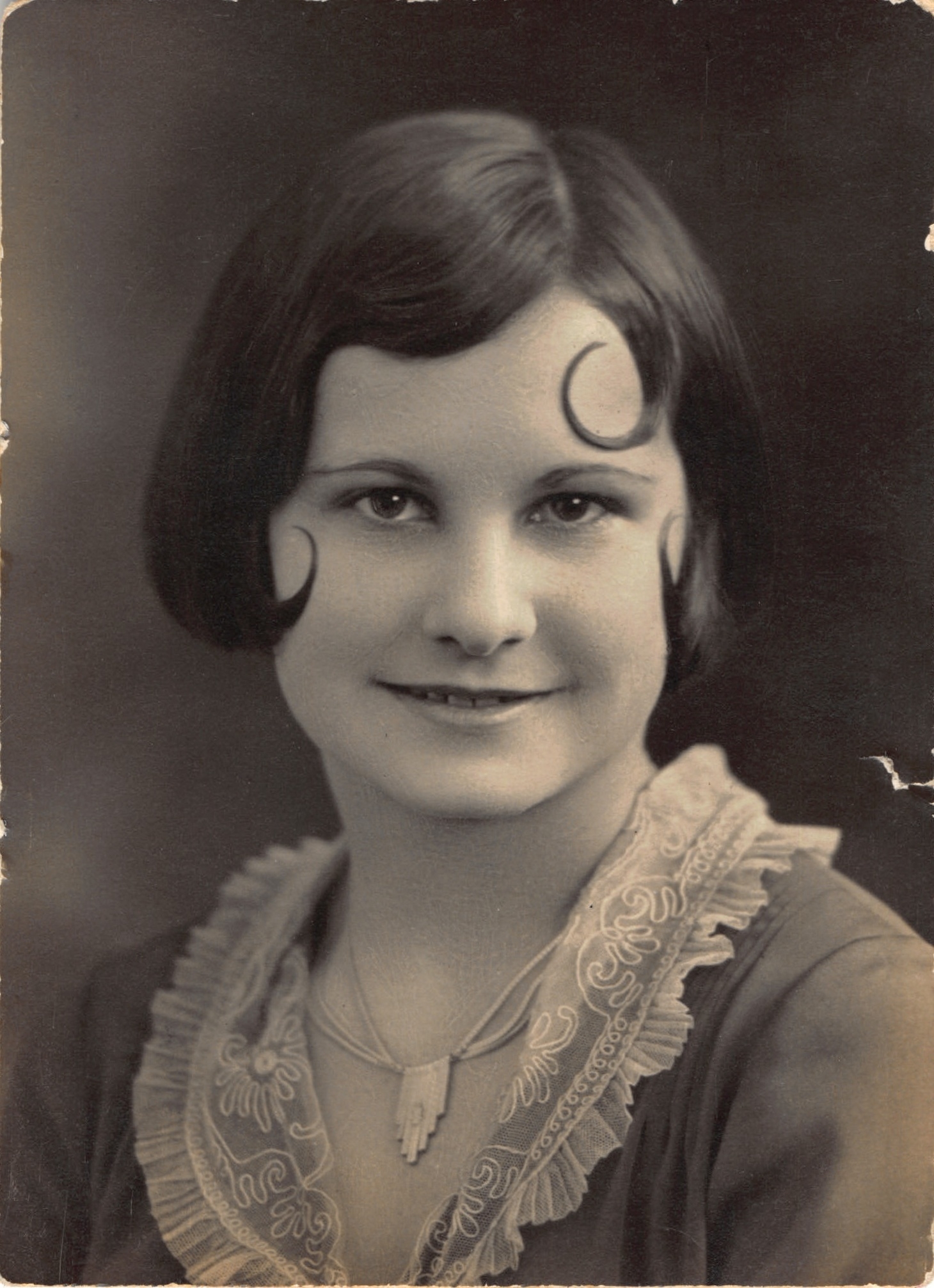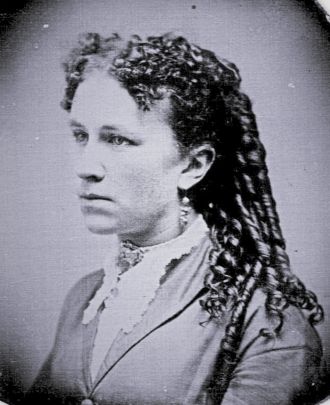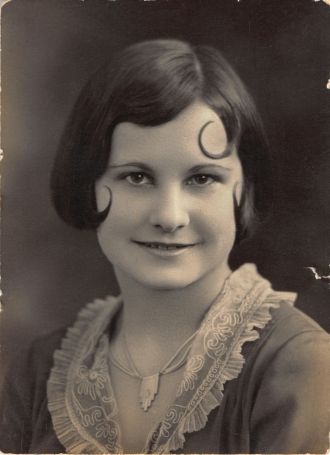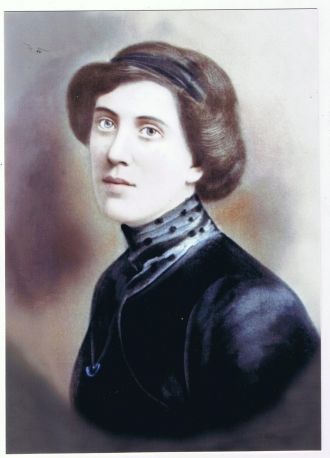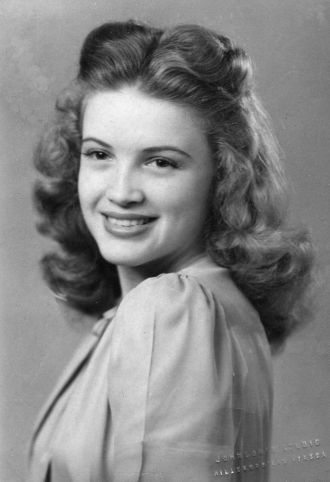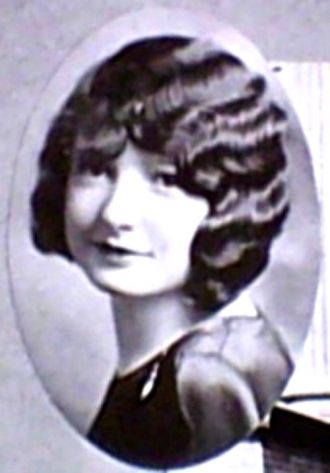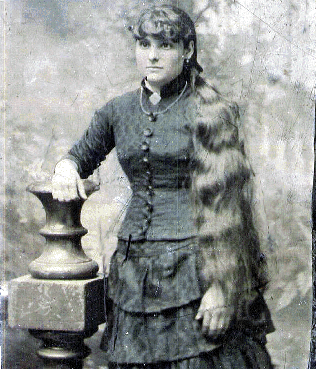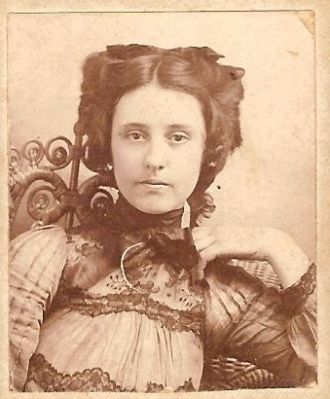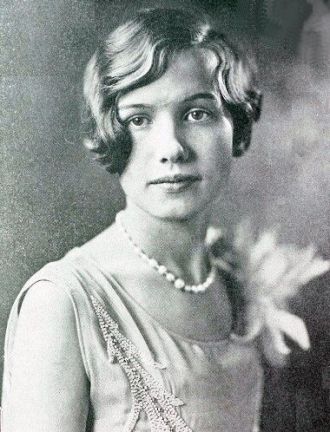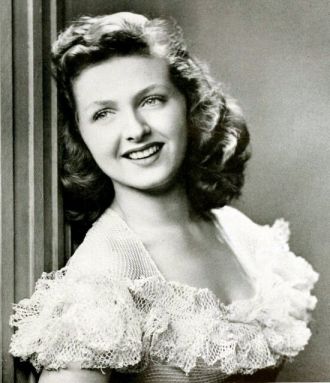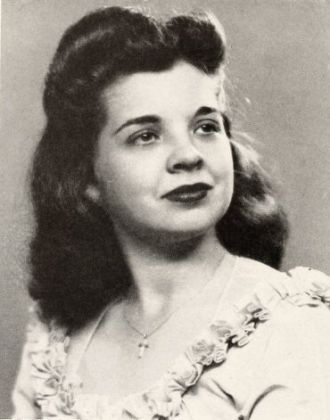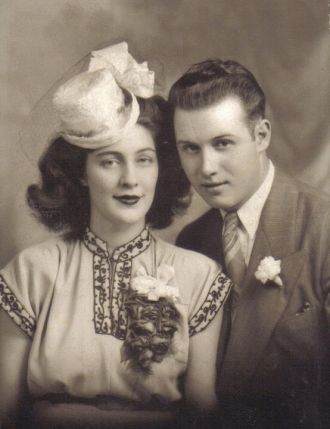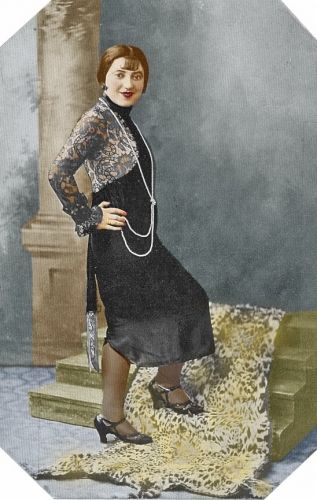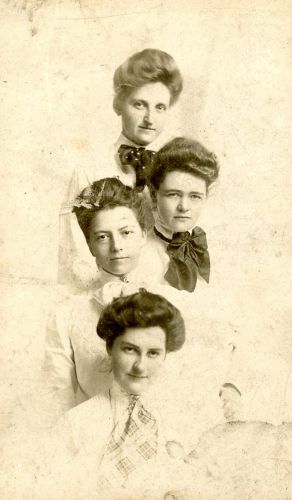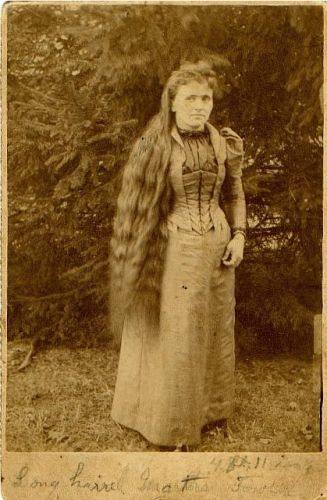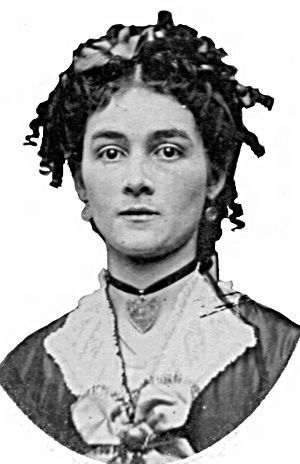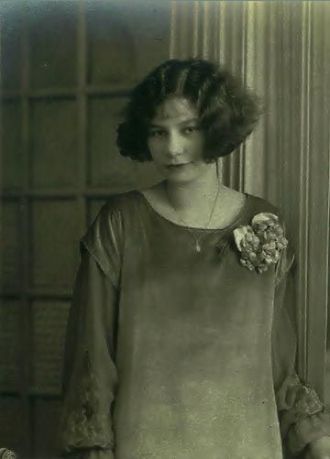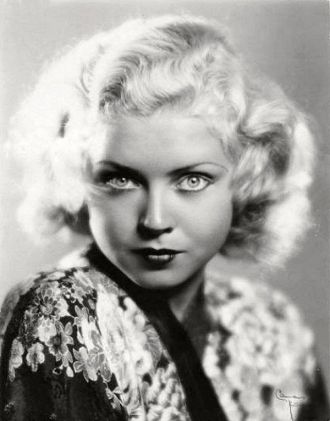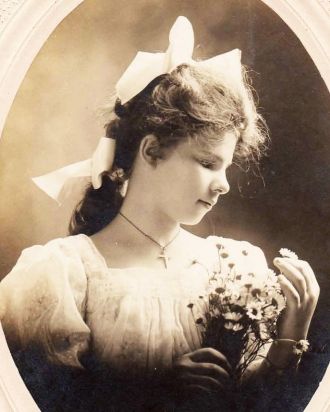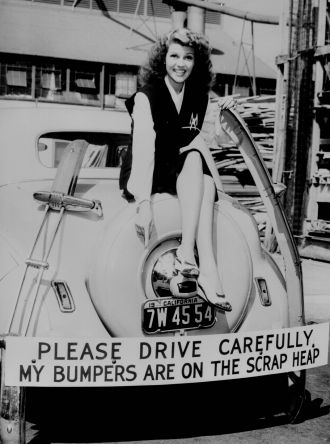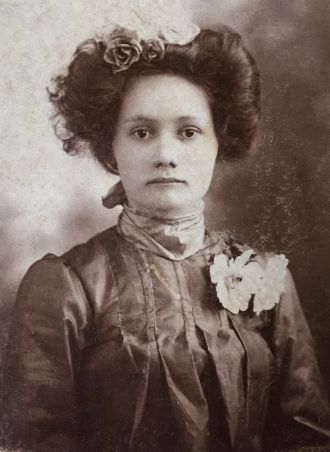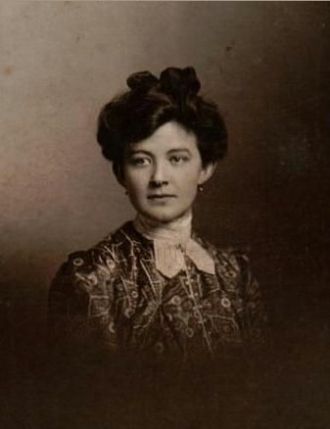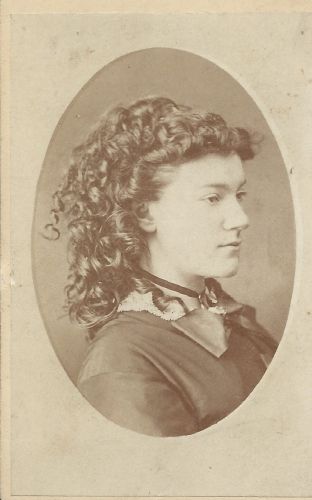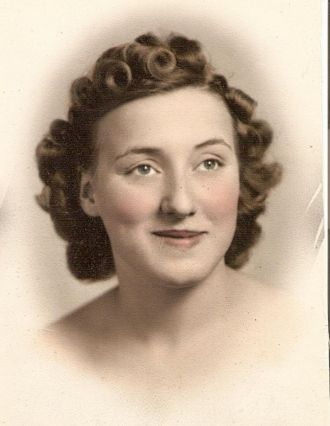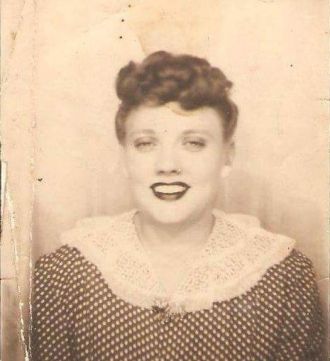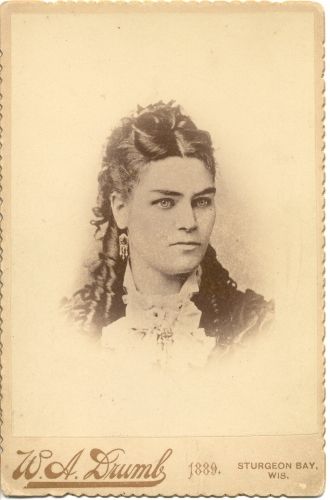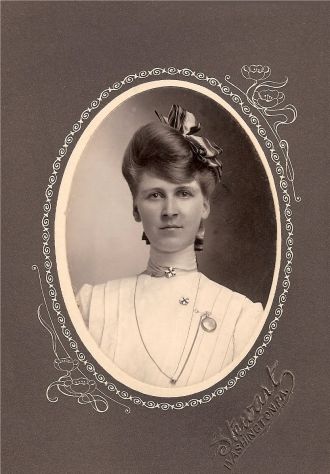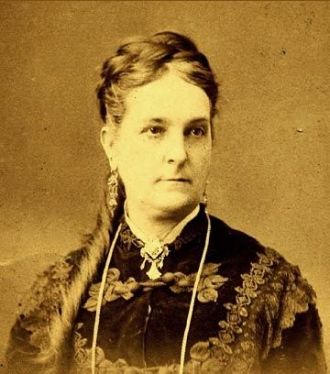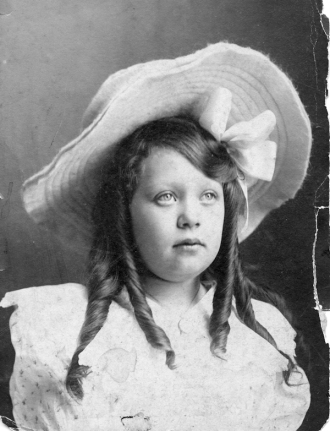Advertisement
Advertisement
Women and Their Hairstyles
Updated: July 8, 2024
Hair has been called a woman's "crowning glory" - it's certainly been a mode of expression over the centuries.
In the 1800's, brushing your hair 100 times a day was a popular way to beautify it - but hair was usually washed only once a month. And shampoo wasn't invented until the end of the 1800's. For women, hair was usually long but often worn up - with wigs or small hairpieces added. Perhaps hairstyles could be more intricate because unwashed hair could hold a style easier? Buns, chignons, and drop curls were common and combs, ribbons, head bands, and diadems - as well as flowers - often adorned these hairstyles. Perhaps there wasn't a lot of effort in maintaining your hair but the hairstyles themselves demanded both time and attention.
By the beginning of the 20th century, hair was changing - almost decade by decade. At the turn of the century, both long and short hair became popular, with part of the hair pinned up and the rest flowing down with curls. In the 1910s, curls, big bows, pins, headbands, and hats were especially popular. In the 1920's, short bobbed hair became the fashion - spit curls, finger waving and marcelling were all the rage. In the 1930's, wavy shoulder length hair was considered sexy - and platinum hair became the color of the day. In the 1940's, "victory rolls" (think World War II for the terminology) and barrel curls in longer hair were popularized by movie stars. And in the 1950's, very short hair became popular - as shown by the petal coif and the pixie hairstyle (think Audrey Hepburn).
By the 1960s, hair fashion was all over the map. Bouffants, beehives and teased hair were extreme but were also "street" fashion. At the other end of the spectrum, the model Twiggy wore very short, almost boyish hair - as did actress Mia Farrow. In the 1970s, it was if women were tired of fussing with their hair and the "natural look" became the norm. Long, stick straight hair (sometimes ironed) or long, messy waves were all the rage and headbands were the most popular hair accessory. Then came the 1980s - big, often frizzy, usually curly . . . lots of hairspray and some teasing. What a look.
By the 1990's, it was less about style or accessories and more about "natural". Curly, straight, long, shoulder-length, short - whatever the style, it was based on what your hair did naturally and what you personally felt was a "good" look.
These pictures are of women being stylish while trying to do what they could with their natural (or enhanced) hair. Some styles may inspire you - and some may make you happy that you don't have to follow a fashion trend today.
In the 1800's, brushing your hair 100 times a day was a popular way to beautify it - but hair was usually washed only once a month. And shampoo wasn't invented until the end of the 1800's. For women, hair was usually long but often worn up - with wigs or small hairpieces added. Perhaps hairstyles could be more intricate because unwashed hair could hold a style easier? Buns, chignons, and drop curls were common and combs, ribbons, head bands, and diadems - as well as flowers - often adorned these hairstyles. Perhaps there wasn't a lot of effort in maintaining your hair but the hairstyles themselves demanded both time and attention.
By the beginning of the 20th century, hair was changing - almost decade by decade. At the turn of the century, both long and short hair became popular, with part of the hair pinned up and the rest flowing down with curls. In the 1910s, curls, big bows, pins, headbands, and hats were especially popular. In the 1920's, short bobbed hair became the fashion - spit curls, finger waving and marcelling were all the rage. In the 1930's, wavy shoulder length hair was considered sexy - and platinum hair became the color of the day. In the 1940's, "victory rolls" (think World War II for the terminology) and barrel curls in longer hair were popularized by movie stars. And in the 1950's, very short hair became popular - as shown by the petal coif and the pixie hairstyle (think Audrey Hepburn).
By the 1960s, hair fashion was all over the map. Bouffants, beehives and teased hair were extreme but were also "street" fashion. At the other end of the spectrum, the model Twiggy wore very short, almost boyish hair - as did actress Mia Farrow. In the 1970s, it was if women were tired of fussing with their hair and the "natural look" became the norm. Long, stick straight hair (sometimes ironed) or long, messy waves were all the rage and headbands were the most popular hair accessory. Then came the 1980s - big, often frizzy, usually curly . . . lots of hairspray and some teasing. What a look.
By the 1990's, it was less about style or accessories and more about "natural". Curly, straight, long, shoulder-length, short - whatever the style, it was based on what your hair did naturally and what you personally felt was a "good" look.
These pictures are of women being stylish while trying to do what they could with their natural (or enhanced) hair. Some styles may inspire you - and some may make you happy that you don't have to follow a fashion trend today.
Share and discover the people and places from your past
Women and Their Hairstyles

Related Articles

 AncientFaces
AncientFaces
371k+ followers 404 favorites
05/03/2023
We Thought This Looked Good? How Hairstyles have Changed
From intricate curls piled on top of our heads to long, straight, and ironed - hair style fashions change every decade or so. Can you tell when the photos might have been taken by the hairstyles below? We bet some of them might trick you! Do you remember curling your hair with bobby pins or juice cans? Or what about beehives, teasing, the wedge, small bows and headbands? Maybe you just went simple and covered your head with fashionable hats. Just some of the hairstyles and hair accessories that used to be all the rage and are now but memories caught on film.
